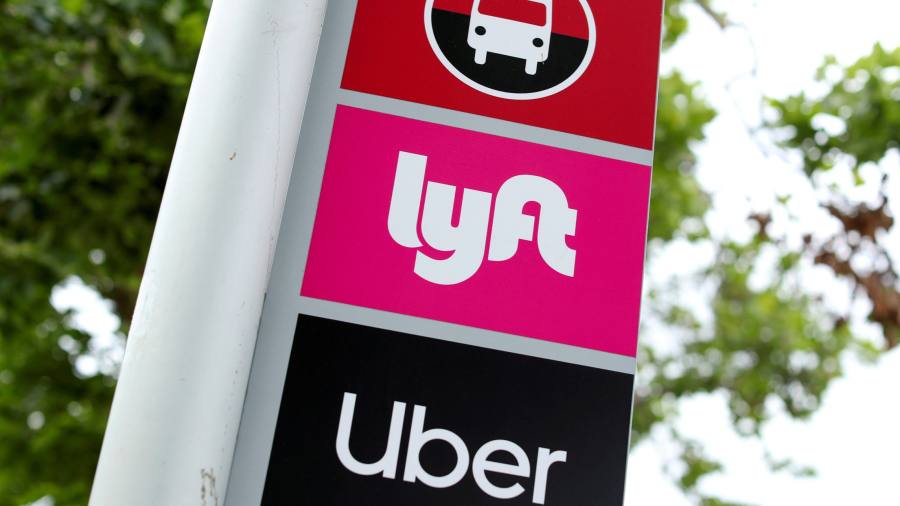
Lyft talks up the virtues of its pure-play business model. Unlike larger rival Uber, which delivers people, meals and shopping, Lyft just does rides. It connects passengers to drivers, focusing mainly on the US market.
Lyft should have an edge as a localised and focused company with fewer business lines eating up capital. But ride-hailing businesses rely partly on network effects. Having more riders and drivers leads to a more efficient system. This means size still matters. Uber has the advantage here.
Americans are out and about again, spurring demand for rides. But competition from Uber is throwing up roadblocks to Lyft’s post-coronavirus pandemic recovery. The number of people using Lyft’s service rose just 7 per cent year on year to 20.3mn during the third quarter. That was a marked slowdown from the 32 per cent and 16 per cent pace recorded in the first two quarters of the year.
Growth missed forecasts just days after Lyft said it would cut 13 per cent of its workforce. Worse, while Lyft’s passenger numbers remain below pre-pandemic levels, Uber last week said its passenger figures had surpassed them. It described the last quarter in bullish tones. Lyft instead spoke of “economic headwinds”.
Amid a driver shortage, Uber’s diversified model is attracting drivers by giving them more ways to earn money. That is helping Uber get ahead revenue-wise. But when it comes to making a profit, both companies are still stuck in traffic. This partly reflects by the ceaseless battle to keep drivers sweet by offering incentives.
At Lyft, the net loss for the quarter was $422.2mn. Much of this was due to the cost of issuing more stock to its staff. The value of their shares has slid 80 per cent over the past 12 months. At Uber, the net loss totalled $1.2bn, due to higher stock remuneration and for mark-to-market losses related to its equity investment in Didi.
Lyft’s market value, which stood at nearly $22bn in March last year, has collapsed to below $4bn following another 20 per cent decline in the stock on Tuesday. Uber has fared better, with the stock down 37 per cent this year.
Investors should continue to give the ride-hailing business a cold shoulder. Network effects may be helping Uber to beat Lyft. But they are not providing the business with any prospect of sustainable profitability.
The Lex team is interested in hearing more from readers. Please tell us what you think of ride-hailing groups in the comments section below.